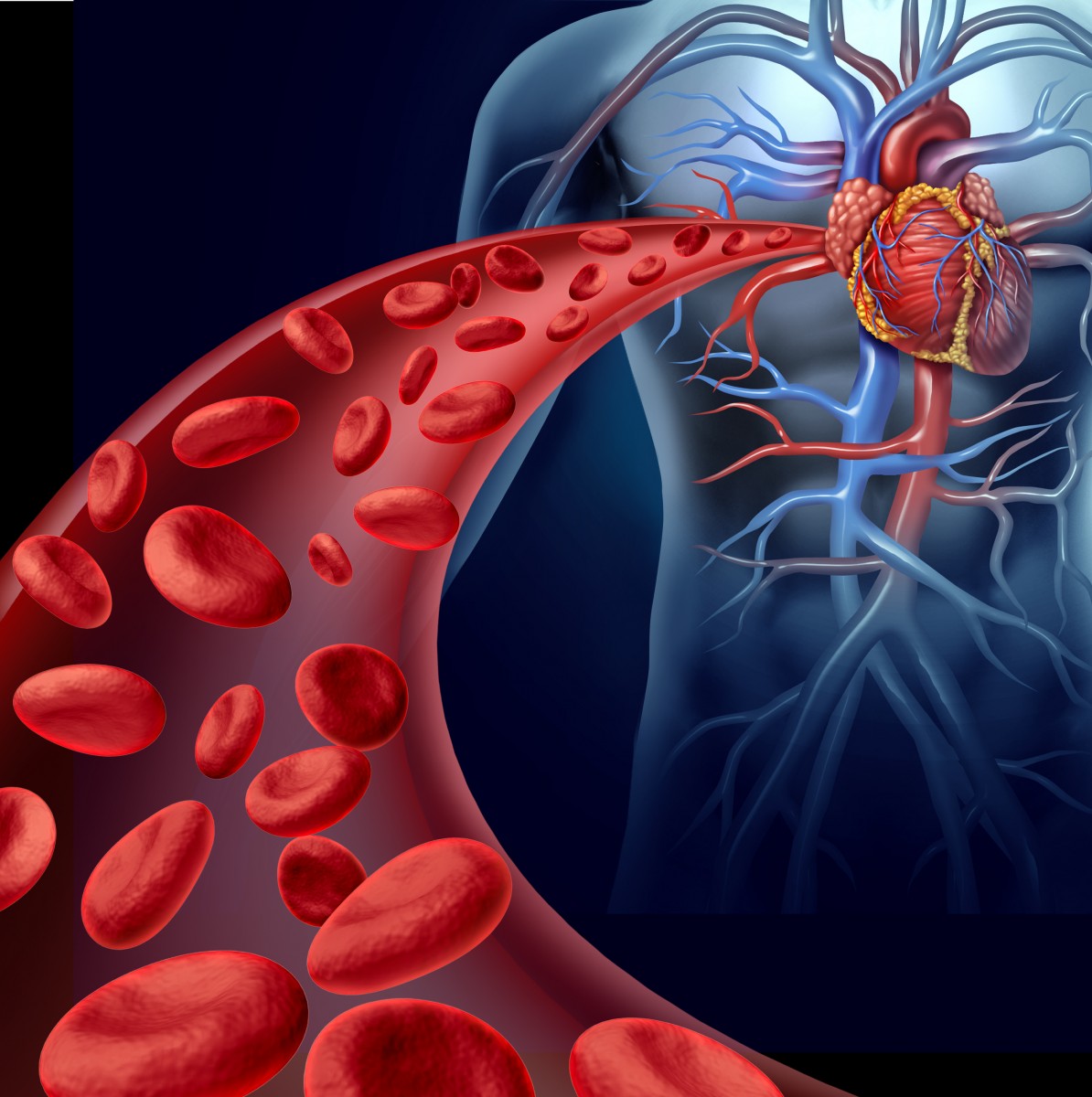Total Immature Red Blood Cell Count May Be Significant in Sickle Cell Anemia and Important Therapeutic Target

Lightspring/Shutterstock
Researchers investigated how the levels of reticulocytosis, the increase of circulating immature red blood cells, correlated with increased hospitalizations and cerebrovascular pathologies in pediatric patients with sickle cell anemia (SCA) receiving chronic transfusion therapy (CTT).
According to the findings, in this group of children with SCA, cerebrovascular pathology at initiation of CTT was associated with increased reticulocytosis, which was not reduced in the following 12 months of transfusions. Therefore, reticulocytes in sickle cell anemia may constitute an important therapeutic target.
The research paper, “Examination of Reticulocytosis among Chronically Transfused Children with Sickle Cell Anemia,” was published in PLOS One.
Sickle cell anemia (SCA), the most prevalent genetic disease in the world, is characterized by infections and painful vaso-occlusive episodes. The disease is caused by a mutation in the beta globulin gene of the hemoglobin molecule, leading to the production of abnormal hemoglobin, called hemoglobin S or sickle hemoglobin. As a result, red blood cells have an abnormal shape that cause these cells to obstruct blood vessels, resulting in pain, tissue damage, and insufficient oxygenation of certain tissues.
Neurologic damage is one of the earliest consequences of SCA and a characteristic feature in pediatric SCA patients. People suffering from sickle cell anemia have a high risk of stroke and a high proportion of patients present evidence of vasculopathy (abnormalities in the blood vessels) on magnetic resonance angiography (MRA).
Chronic transfusion therapy (CTT) is the standard of care for sickle cell anemia patients who have had a stroke, and its early implementation has resulted in the reduction of stroke incidence.
Reticulocytosis, which begins during early infancy, refers to the immature red blood cells released into circulation in an attempt to maintain proper tissue oxygenation. Although its clinical significance is not fully understood, increased reticulocytosis during infancy has been associated with an increased risk of SCA-related hospitalizations and increased risk for cerebrovasculopathy in SCA patients. Moreover, the effects of CTT upon the compensatory reticulocytosis have not been completely determined.
Here, researchers aimed to understand the association between ongoing reticulocytosis and cerebrovascular disease in sickle cell anemia patients receiving chronic blood transfusions. In the single-center study, the scientists determined the level of reticulocytosis in 29 SCA pediatric patients during the first year of CTT and compared it to a control group of pediatric SCA patients who did not receive transfusions. The CTT patients were further divided into two groups according to the presence (15 patients) or absence of vasculopathy (14 patients) on MRA.
The scientists found no significant differences in hemoglobin or sickle hemoglobin (HbS) between the two groups, with or without MRA evidence of vasculopathy. And, neither group had significant reductions in absolute reticulocyte counts in the first year of CTT.
“The sickle reticulocyte may be significant in the SCA pathophysiology and an important therapeutic target,” the researchers concluded. “Ultimately, further studies are needed to identify and treat SCA patients who are destined to develop progressive neurological disease while receiving chronic transfusions. Those investigations should include identifying the role of ongoing reticulocytosis on progressive vasculopathy in this population.”






